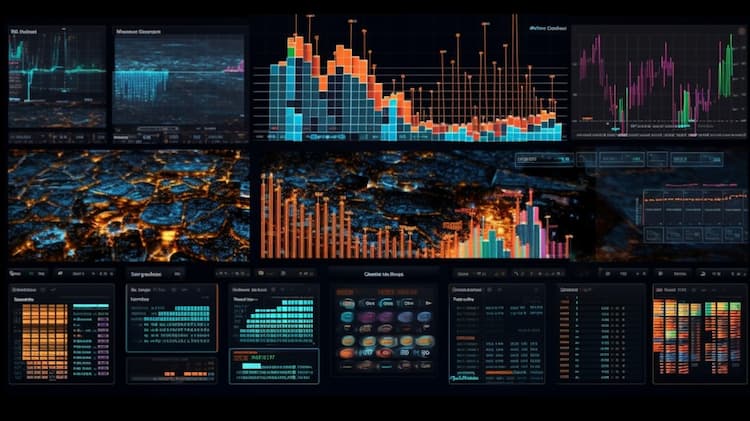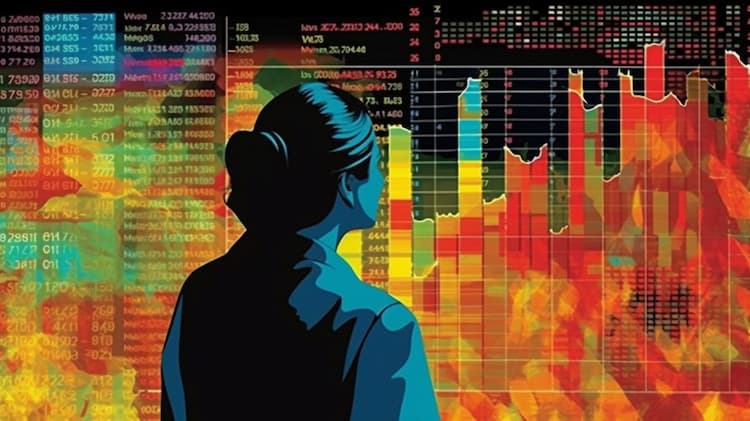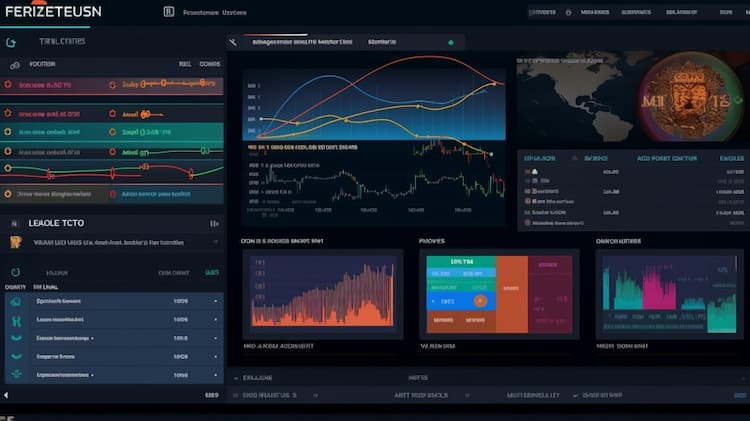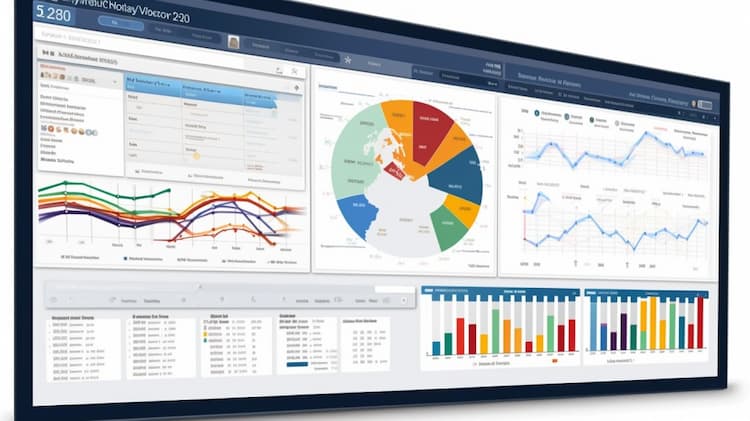
What is the ERY ETF ?
In the world of finance, Exchange-Traded Funds (ETFs) have gained significant popularity among investors due to their diversified nature and ease of trading. In this article, we will delve into one specific ETF, the ERY ETF, and explore its features, benefits, and considerations before investing.
ERY ETF: Overview
The ERY ETF, Direxion Daily Energy Bear 2x Shares, is a specialized fund designed to track the performance of companies in the energy sector, specifically those involved in the exploration and production of oil and gas. This ETF aims to provide investors with returns corresponding to the daily inverse performance of the energy sector.
ERY ETF Underlying and Exposure: What does it track and how?
The ERY ETF is unique in that it seeks to deliver the opposite returns of the energy sector. It accomplishes this through the use of financial instruments such as swaps, futures contracts, and other derivatives. By leveraging these tools, the fund aims to achieve a daily performance that is inversely related to the performance of the energy sector.
 ERY overlap What is the ERY ETF ?
ERY overlap What is the ERY ETF ?
ERY ETF: Benefits to Invest in this ETF
Investing in the ERY ETF can offer several advantages to investors. Firstly, it provides an opportunity to profit from the downward movement in the energy sector without short selling individual stocks, which can be complex and expensive. Moreover, it allows for increased diversification within an investment portfolio, as the ETF comprises multiple energy companies.
ERY ETF: Considerations Before Investing
While the ERY ETF can be appealing to investors seeking inverse exposure to the energy sector, it's essential to be aware of certain considerations. This ETF is designed for short-term trading and may not be suitable for long-term investors due to compounding effects. Additionally, leveraged ETFs like ERY can be volatile, and their performance may deviate from expectations over extended periods.
Conclusion:
In conclusion, the ERY ETF offers a unique investment opportunity for those interested in inverse exposure to the energy sector. However, potential investors must carefully assess their risk tolerance and investment goals before adding this ETF to their portfolio.
Disclaimer: This article is for informational purposes only and does not provide any investment advisory services. Investors should conduct thorough research and seek professional advice before making any investment decisions.
Sources:
ERY ETF issuer
ERY ETF official page
ERY quote and analysis
Discover the top holdings, correlations, and overlaps of ETFs using our visualization tool.
Our app allows you to build and track your portfolio.
To learn more about the ERY Direxion Daily Energy Bear 2X Shares, access our dedicated page now.
FAQ
What is the ERY ETF?
The ERY ETF, also known as the Direxion Daily Energy Bear 3X Shares, is an exchange-traded fund designed to provide investors with inverse exposure to the daily performance of the energy sector.
How does the ERY ETF achieve its objective?
The ERY ETF seeks to achieve its objective by using financial instruments and derivatives to create a position that moves in the opposite direction of the energy sector's daily performance.
What type of investors might be interested in the ERY ETF?
The ERY ETF is typically suitable for investors who have a bearish outlook on the energy sector and want to hedge against potential losses or profit from a decline in energy stocks.
What are the risks associated with investing in the ERY ETF?
Investing in the ERY ETF carries significant risks, including leverage risk, daily compounding risk, and market volatility risk. As a leveraged ETF, it is designed to provide amplified returns on a daily basis, making it more suitable for short-term trading rather than long-term investing.
What is the underlying index or benchmark for the ERY ETF?
The ERY ETF does not track a specific index; rather, it aims to provide a multiple (3x) inverse daily return of the energy sector's performance.





















